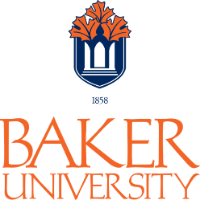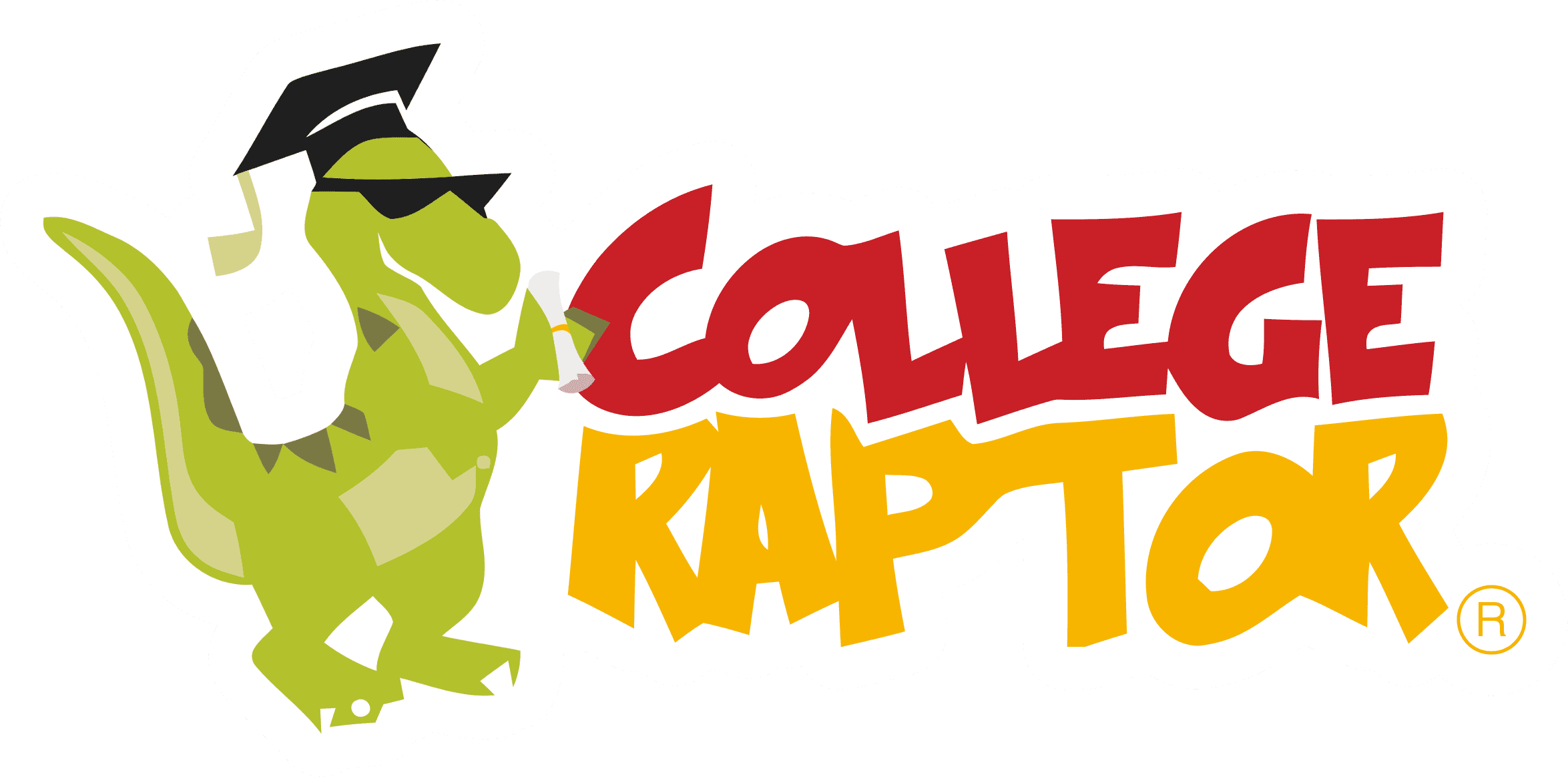
- Find Your College
- Scholarships
- Pay for College
-
Articles
- COLLEGES
- Most Recent
- Affordability & Cost
- College Search
- Comparisons
- College Majors & Minors
- Myths
- News & Trends
- Tips, Tools & Advice
- Admissions
- Most Recent
- ACT & SAT
- College Admissions
- College Applications
- Myths
- Online Colleges
- Questions & Answers
- About
- Home
- >
- Browse All Majors
- >
- Education
- >
- Educational/Instructional Technology
Educational/Instructional Technology
Select Type of Degree:
Select State:
|
#1

Duquesne University
|
|||||||||||
|
#2

Pepperdine University
|
|||||||||||
|
#3

Ohio University-Main Campus
|
|||||||||||
|
#4

Central Michigan University
|
|||||||||||
|
#5

Florida State University
|
|||||||||||
|
#6

University of North Texas
|
|||||||||||
|
#7

Boise State University
|
|||||||||||
|
#8

University of Hawaii at Manoa
|
|||||||||||
|
#9

Baker University
|
|||||||||||
|
#10

Indiana University-Bloomington
|
|||||||||||
|
*The estimated net prices above are College Raptor’s estimate. Please contact the college financial aid office for actual net cost figures.
|
|||||||||||
| Institution | Scaled Score | Acceptance Rate | Annual Degrees Awarded | SAT Score | Est. Net Price * | Median Starting Salary | Save | |
|---|---|---|---|---|---|---|---|---|
 Duquesne University Pittsburgh, PA Each year, Duquesne University grants around 259 degrees to those studying...view more | 100 | 79% | 19 | 1,180 – 1,360 | $35,125 | $55,534 | ||
 Pepperdine University Malibu, CA At Pepperdine University, the most popular majors students pursue are...view more | 97 | 50% | 7 | 1,250 – 1,450 | $52,216 | $51,562 | ||
 Ohio University-Main Campus Athens, OH Each year, Ohio University-Main Campus grants around 1396 degrees to students...view more | 95 | 85% | 14 | 1,110 – 1,310 | $20,550 | $51,420 | ||
 Central Michigan University Mount Pleasant, MI At Central Michigan University, the three most popular college majors...view more | 90 | 91% | 11 | 980 – 1,220 | $15,826 | $52,240 | ||
 Florida State University Tallahassee, FL At Florida State University, the three most popular college majors students...view more | 86 | 25% | 21 | 1,260 – 1,400 | $14,903 | $47,189 | ||
 University of North Texas Denton, TX At the University of North Texas, the most popular majors students pursue are...view more | 85 | 72% | 22 | 990 – 1,240 | $14,675 | $48,636 | ||
 Boise State University Boise, ID At Boise State University, the three most popular college majors students...view more | 85 | 84% | 9 | 1,050 – 1,220 | $19,037 | $49,117 | ||
 University of Hawaii at Manoa Honolulu, HI At the University of Hawaii at Manoa, the most popular majors students study...view more | 83 | 70% | 11 | 1,030 – 1,260 | $14,557 | $48,438 | ||
 Baker University Baldwin City, KS At Baker University, the most popular majors students pursue are Registered...view more | 79 | 92% | 5 | 760 – 1,080 | $23,410 | $50,994 | ||
 Indiana University-Bloomington Bloomington, IN At Indiana University-Bloomington, the three most popular college majors...view more | 78 | 80% | 13 | 1,210 – 1,410 | $16,282 | $53,180 |
*The estimated net prices above are College Raptor’s estimate. Please contact the college financial aid office for actual net cost figures.
About Educational/Instructional Technology
A program that focuses on integrating technology into educational curricula. Includes instruction in foundations of educational technology, computer applications, utilizing technology for assessment, multimedia instruction, web-based instruction, distance education, and designing and producing educational software and materials.
Texas grants the most Doctors degree research scholarships in Educational/Instructional Technology of all US states with 27 degrees being awarded last year. Students interested in Educational/Instructional Technology can expect around 30% percent of their fellow classmates to be men and 70% percent to be women. The majority students graduating in this field earn a Masters degree. The average annual income for an undergraduate degree in Educational/Instructional Technology is $37,307.
Careers
The highest paying career for Educational/Instructional Technology majors is Instructional Coordinators. However, another thing to consider is how much demand there is for certain positions. A job that is in high need that a degree in Educational/Instructional Technology can prepare you for is Instructional Coordinators.
Top Paying Careers
These are the highest paying careers for Educational/Instructional Technology majors.
| Career | Median Salary | Average Annual Job Openings | Employment 2022 | Employment 2032 | % Change | |
|---|---|---|---|---|---|---|
| Instructional Coordinators | $74,720 | 1,689 | 19,060 | 19,536 | 3% |
Most In-Demand Careers
These are the careers in highest demand for Educational/Instructional Technology majors.
Student Demographics




Subscribe to Our Newsletter
Join thousands of students and parents learning about finding the right college, admissions secrets, scholarships, financial aid, and more.

College Raptor, Raptor, InsightFA, FinanceFirst, and “The Right College. The Best Price.” are registered trademarks of College Raptor, Inc.


